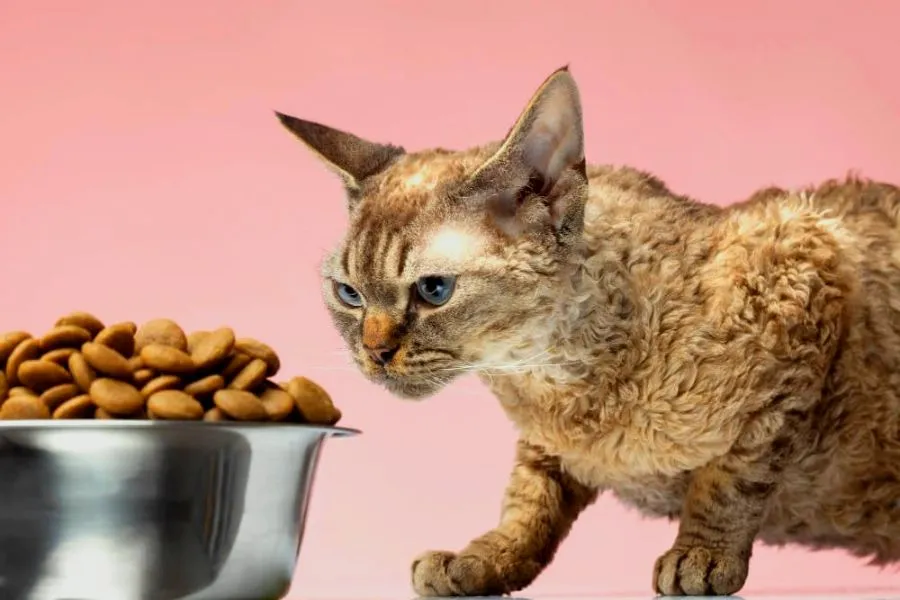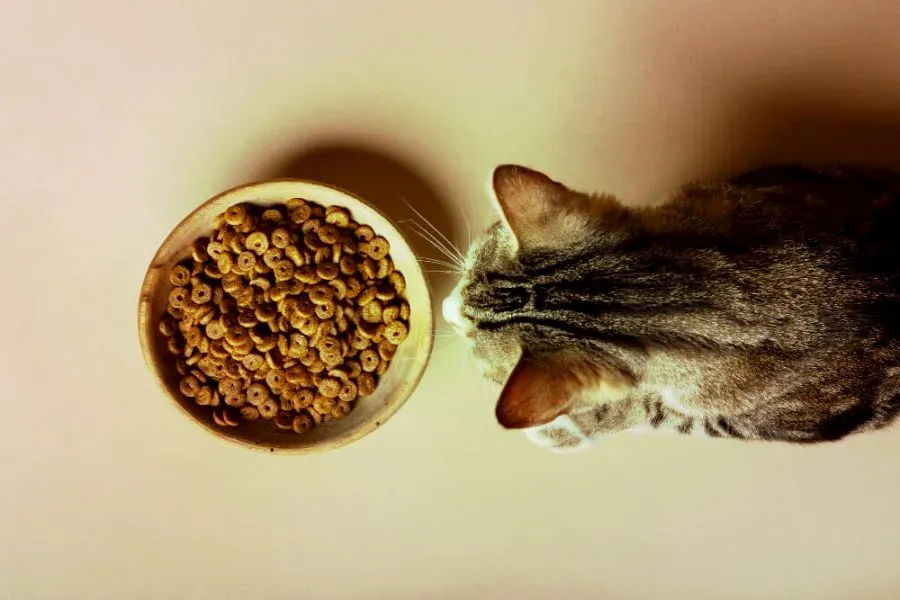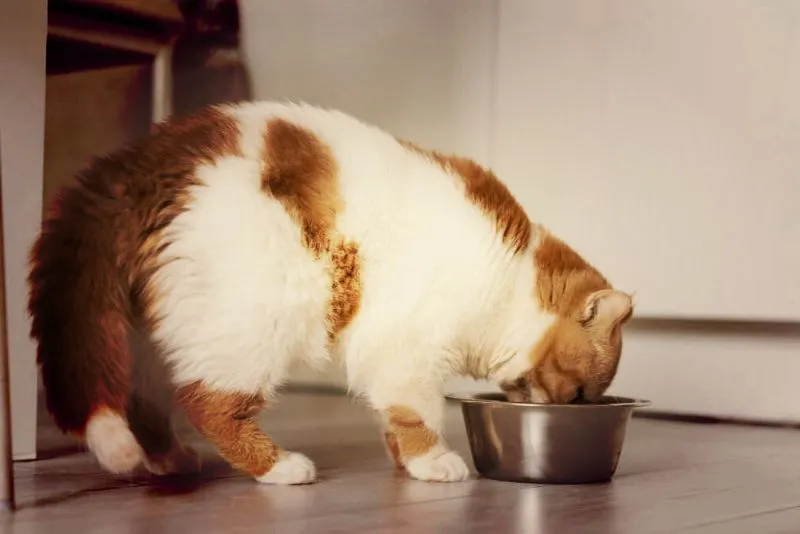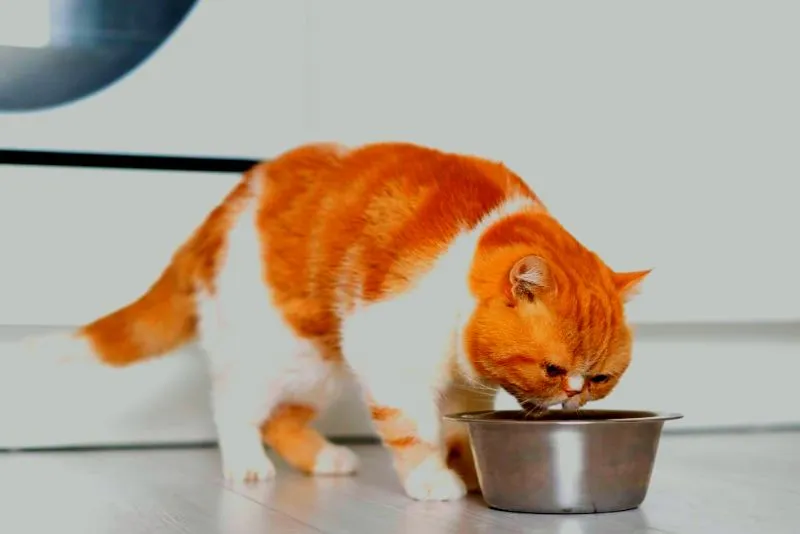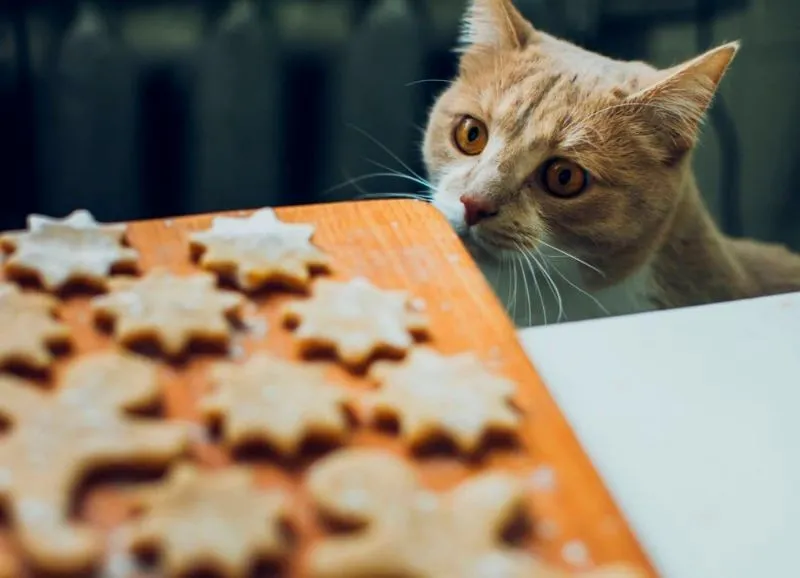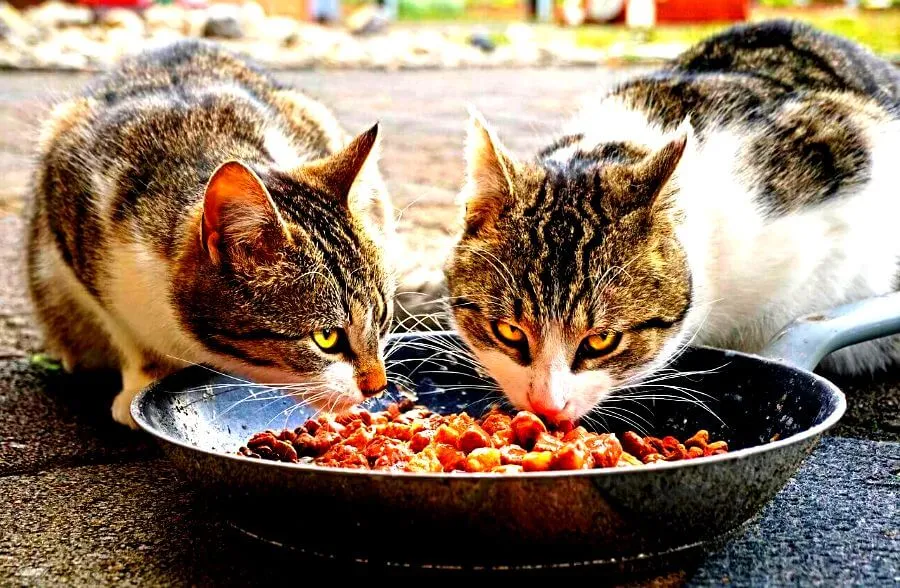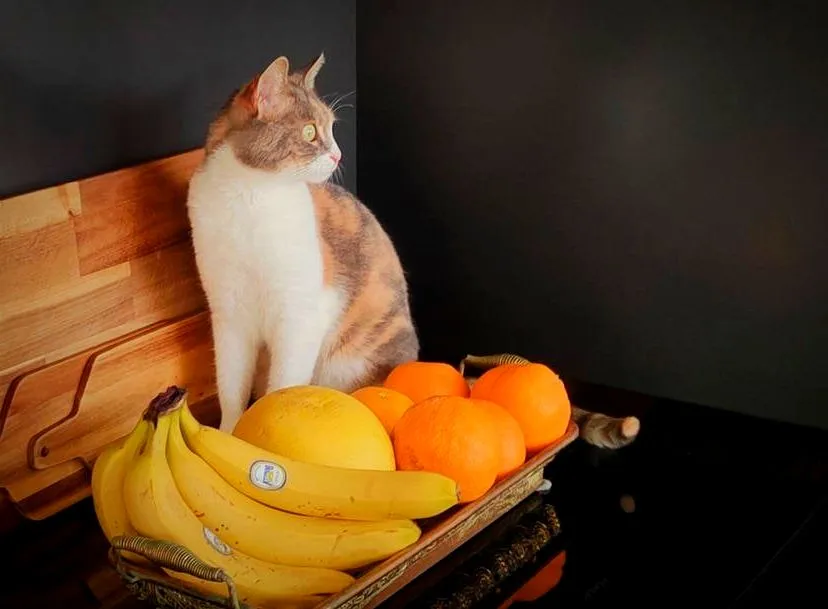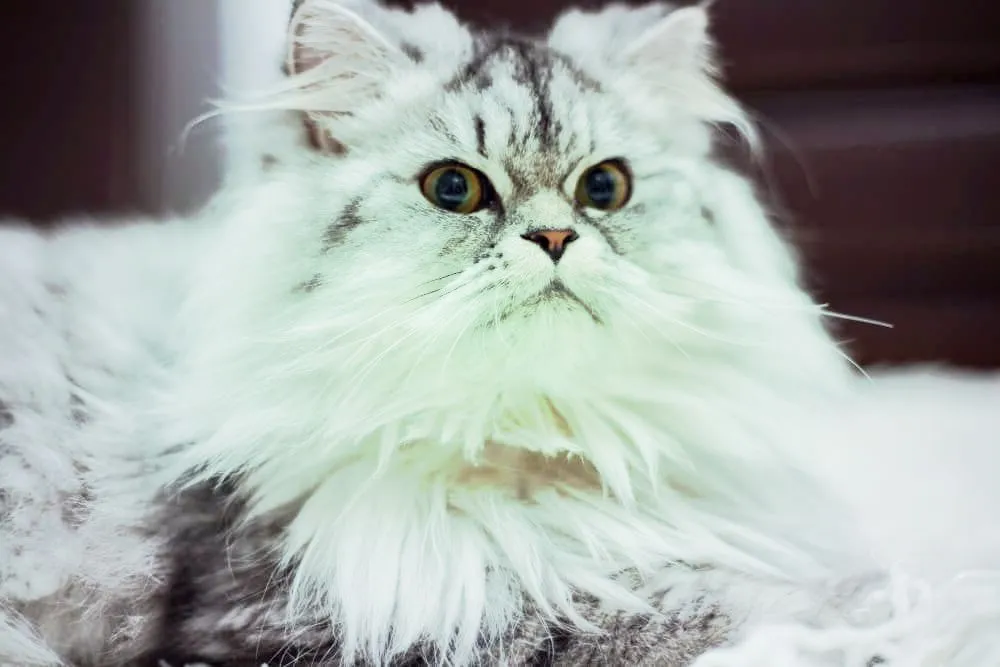
To feed fussy cats, offer a variety of high-quality, tasty foods to entice them. It’s important to understand your cat’s preferences and nutritional needs and ensure their meals are served in a calm and stress-free environment.
As a cat owner, you may have experienced the frustration of trying to feed a fussy cat. While cats are known for being independent, they can also be quite particular about their food choices. It can be challenging to find a diet that satisfies their taste buds while providing the necessary nutrients for their health.
This guide will provide helpful tips on how to feed fussy cats, ensuring they receive a well-balanced diet without compromising their selective nature.
By understanding their preferences, making gradual transitions, and creating a peaceful mealtime environment, you can overcome the challenges of feeding a fussy cat and ensure their health remains a top priority.
Why Are Some Cats Fussy Eaters?
Fussy eaters can be a challenge, especially when it comes to our furry friends. But why are some cats so picky about their food? There can be several reasons behind their finicky behavior. Firstly, cats have a much more acute sense of taste and smell compared to humans.
What might seem appetizing to us may not meet their high standards. Secondly, cats have a natural instinct to hunt for their food. When presented with a bowl of kibble, it may not stimulate their predatory instincts, causing them to lose interest.
Additionally, any changes in their environment or routine can affect their appetite. Stress, illness, and even the type of food being offered can make cats turn their noses up. Understanding these factors is crucial in finding ways to entice fussy cats to eat.
By offering a variety of textures, flavors, and even warming up the food slightly, you can increase the chances of satisfying your finicky feline’s appetite.
Fussy Cats
Feeding fussy cats can be a challenge for many pet owners. These finicky felines often have specific preferences and dietary needs that must be met. To ensure your cat is getting the nutrition it needs, here are a few tips to keep in mind.
First, try offering a variety of high-quality cat food options. Experiment with different flavors and textures to find what your cat prefers. Second, pay attention to portion sizes and feeding schedules. Some cats prefer smaller meals offered more frequently, while others prefer larger meals less often.
Lastly, be patient and persistent. It may take some time for your cat to adjust to new foods. Don’t give up if they initially turn their nose up at something. With a little trial and error, you will find the best feeding routine for your fussy feline friend.
Keep in mind that each cat is different, so what suits one might not suit another.
Why Is Your Fussy Cat Not Eating?
It can be frustrating and concerning when your fussy cat refuses to eat. There are a few reasons why your cat may not be interested in their food. Firstly, it’s important to understand that cats are finicky eaters by nature.
They have specific preferences and can quickly become bored with the same food. Secondly, stress or anxiety can also affect their appetite. Changes in their environment or routine, the introduction of a new pet or baby, or even a loud noise can cause them to lose interest in food.
Lastly, dental problems or medical issues can also lead to a loss of appetite in cats. If your fussy cat is not eating, it is important to consult with your veterinarian to rule out any underlying health issues. They can provide guidance and suggest alternative food options or ways to entice your cat to eat.
Remember, patience and understanding are key when dealing with a picky eater like a cat.
How To Manage Fussy Eating
Feeding fussy cats can be a challenging task for pet owners. It’s important to understand how to manage their fussy eating habits to ensure they receive the nutrition they need. One way to do this is by offering a variety of food options, including both wet and dry food.
Cats are known for their selective palates, so it’s essential to experiment with different flavors and textures to find what your feline friend prefers. Additionally, ensuring mealtime is a calm and stress-free environment can encourage your cat to eat. Avoid rushing or forcing them to eat, as this can create further resistance.
Instead, try to establish a routine and stick to regular feeding times. By following these guidelines, you can successfully navigate the challenges of feeding a fussy cat and ensure their health and well-being.
What To Do If Your Cat’s Fussiness Continues
Dealing with a fussy cat can be a challenge, but there are ways to address the issue. If your cat’s fussiness continues, it’s important to remain patient and try different strategies. One approach is to experiment with different types of food to see what your cat prefers.
Some cats may have specific dietary needs or preferences, so it’s worth trying out various options to find the right fit. Additionally, consider the texture and temperature of the food, as some cats may be more inclined towards softer or warmer meals.
Another helpful tip is to establish a feeding routine and stick to it, as cats thrive on consistency. By offering meals at regular intervals, you can encourage your fussy cat to eat. Remember, every cat is unique, so be patient and willing to adapt until you find the solution that works best for your feline friend.
A Final Word
Feeding fussy cats can be a challenge, but with a few simple tricks, you can ensure they have a nutritious and satisfying diet. By understanding their preferences and introducing gradual changes to their meals, you can gradually expand their palate.
It’s important to remember that each cat is unique and may require different strategies. By being patient and persistent, you can find the perfect balance that will keep your fussy cat happy and healthy. So, start experimenting and create a meal plan that your feline friend will enjoy!

